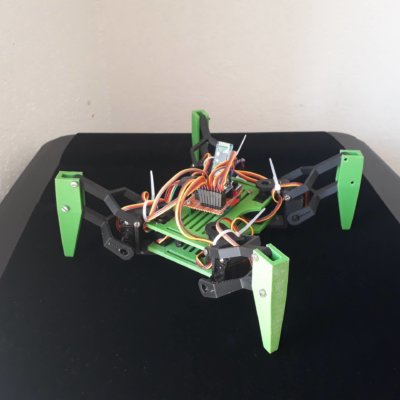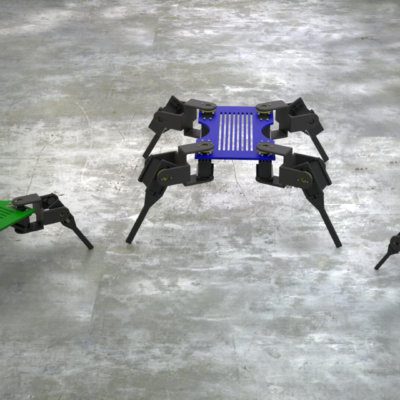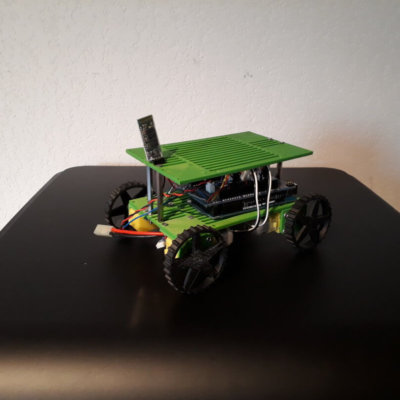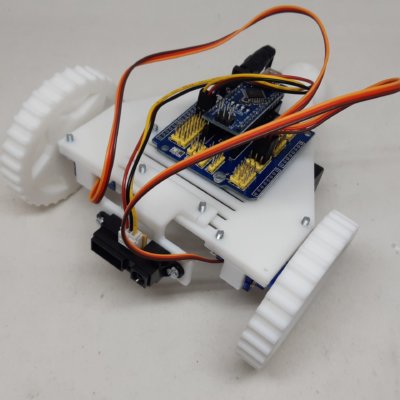
by Xukyo | 6 Apr 2024 | Tutorials
In this tutorial, we’ll look at how to create a desktop application using the Electron framework. This programming environment enables you to develop GUIs using the Web languages JavaScript, HTML and CSS, compatible with several OS. Setting up the programming...
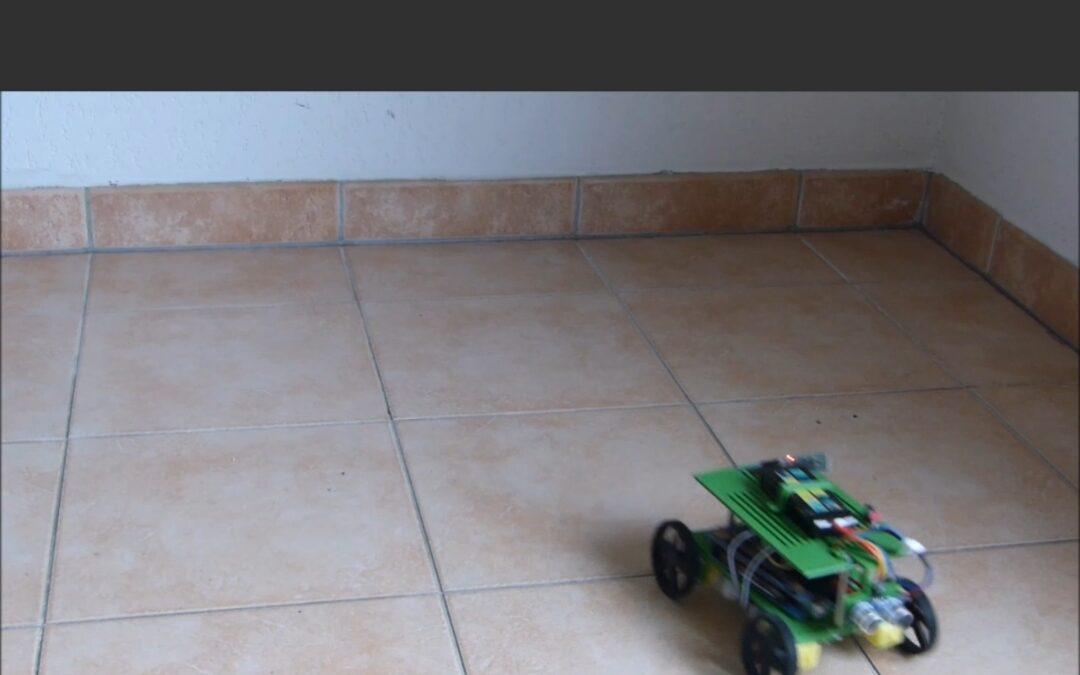
by Xukyo | 22 Mar 2024 | Tutorials
In this tutorial, we’ll look at how to integrate video into a React Native application. To do this, we’ll create a video stream from a computer and retrieve the video signal from the Android device. React Native project configuration To integrate a video...

by Xukyo | 21 Mar 2024 | Tutorials
In this tutorial, we’ll look at how to set up a navigation menu with different screens in React Native. To do this, we’ll use the React Navigation library N.B.: Another alternative react-native-navigation exists but does not work with my environment....
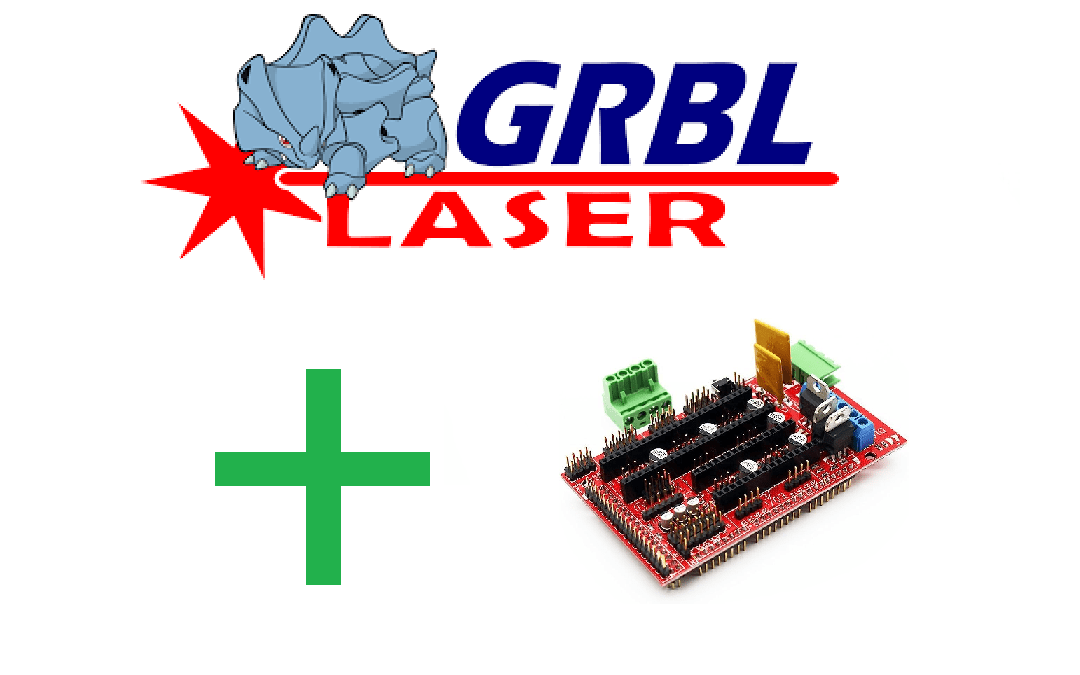
by Xukyo | 18 Mar 2024 | Tutorials
In this tutorial, we’ll look at how to configure the GRBL 0.9 firmware for Ramps 1.4 with Arduino Mega 2560 and interface with LaserGRBL. To control your CNC or MPCNC with LaserGRBL, you need to install and configure firmware on your Arduino board, so that it...

by Xukyo | 25 Feb 2024 | Tutorials
In this tutorial, we’ll look at how to program a smartphone application using React Native and VSCode. React Native is a powerful tool for creating cross-platform applications (Android, IOs) using the JavaScript language. Visual Studio Code is a code editor for...






